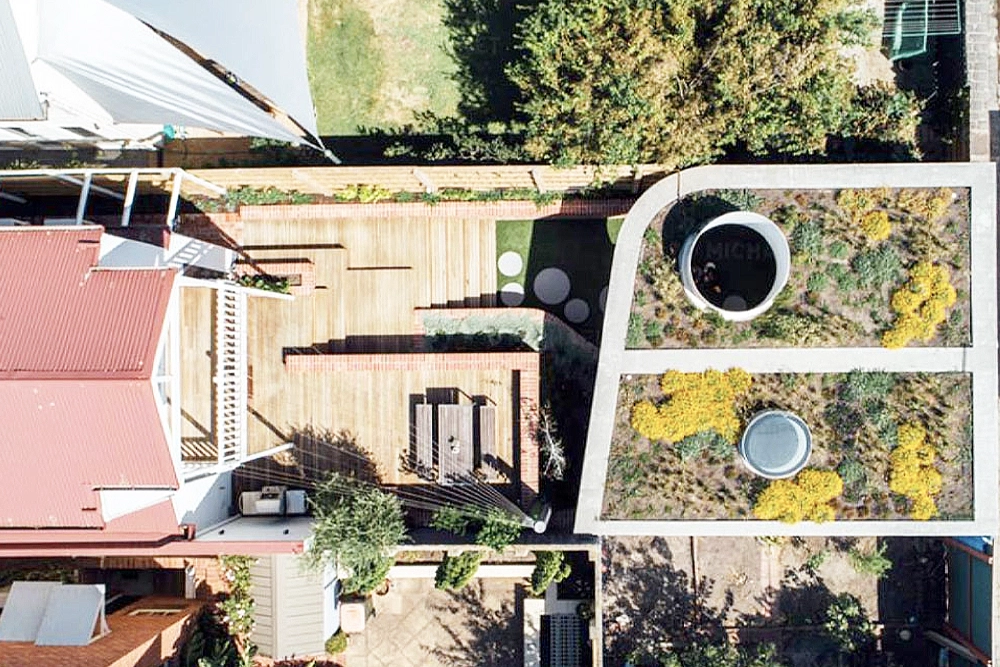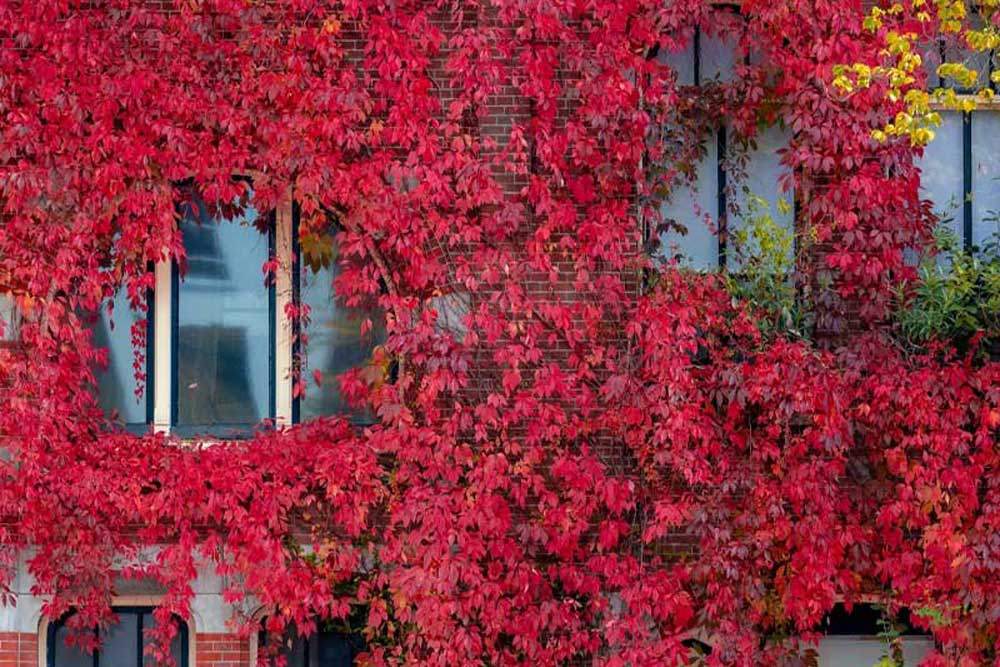Growing your own Southeast Asian herbs and edible shrubs can be a rewarding way to add fresh, vibrant flavours to your kitchen. In this guide, we will introduce the top 10 easy-to-grow herbs and shrubs that thrive in Melbourne’s climate. Whether you are planting in containers or directly in the ground, these selections are perfect for bringing a taste of Southeast Asia right to your home cooking.
Here are our top 10 Easy-to-Grow Southeast Asian Herbs and Edible Shrubs
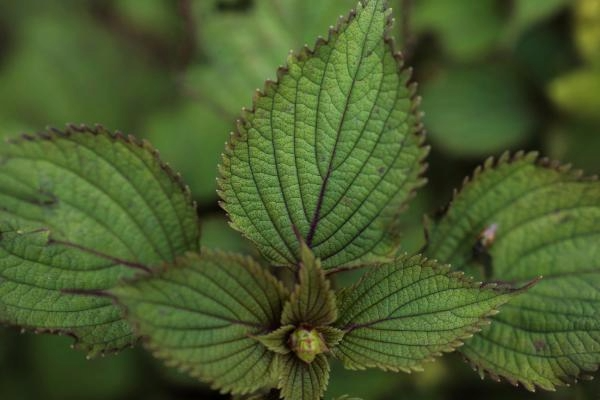
1. Vietnamese Mint
Commonly used in Pho and Vietnamese salads, Vietnamese mint adds a refreshing, aromatic flavour to dishes. It’s easy to grow and a perfect addition to your garden.

2. Lemongrass
Lemongrass is a versatile herb used in roasts and salads, offering a fresh citrus flavour. As a hardy perennial, it can be harvested year after year if cut back in winter. Perfect for containers or garden beds.
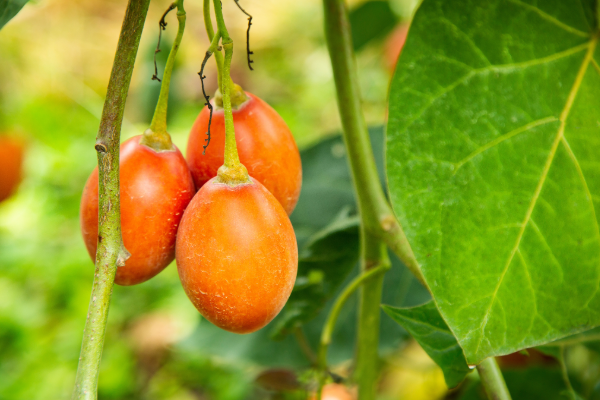
3. Tamarillo
Tamarillo is excellent in salads and can also be mixed with chilies to create a unique dipping sauce. Popular in the Dai ethnic cuisine of southwest China, Burma, and Vietnam, it’s available in Melbourne from summer. Be aware—possums love it, so netting is recommended to protect your plants.
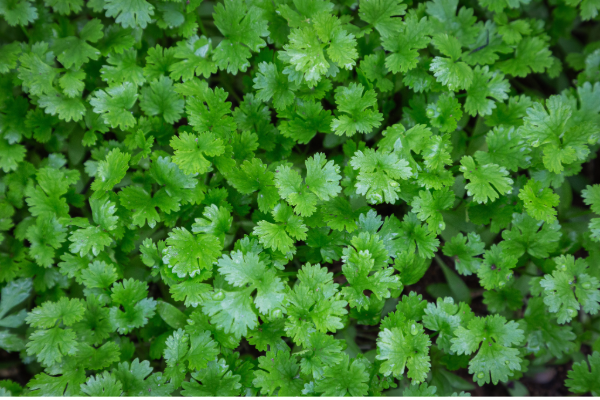
4. Coriander
Coriander is easy to grow from seeds and thrives in partially shaded areas. It produces a good yield, making it a great addition to your herb garden.
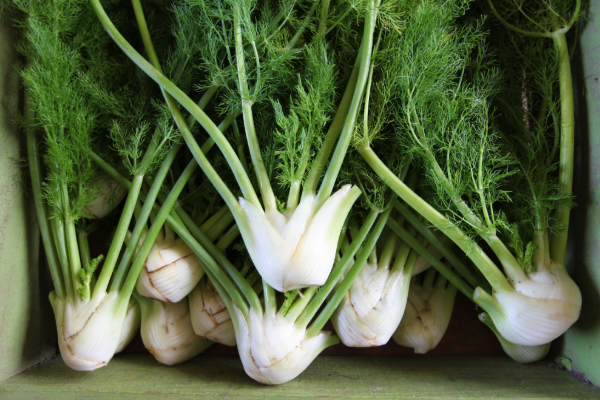
5. Fennel
While the stem base is commonly seen in supermarkets, the frilly leaves of fennel are frequently used in soups and stir-fries in southern China, offering a sweet, aromatic flavour.
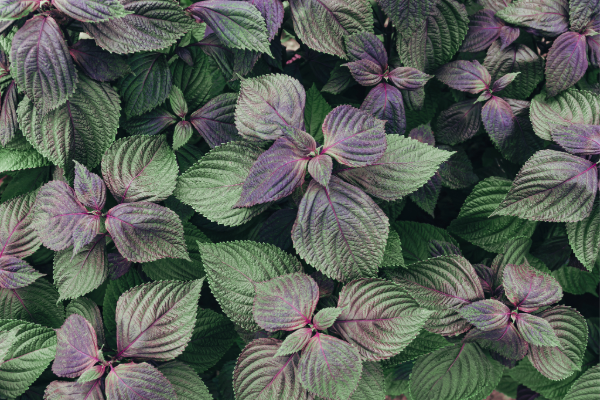
6. Shiso
Shiso leaves add an aromatic and slightly spicy flavour to soups or can be cooked with eggs. It’s a staple herb in Japanese cooking, and grows well in Melbourne’s climate.
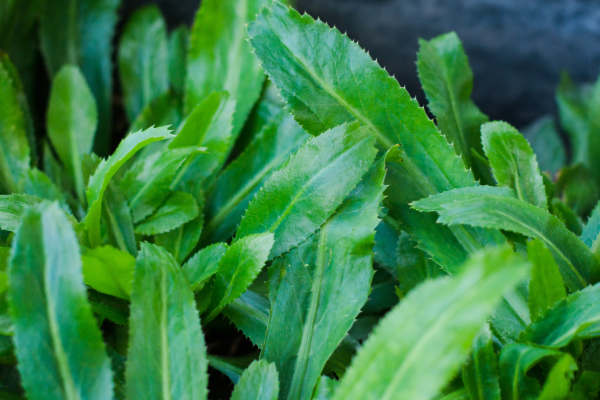
7. Culantro
Also known as Burmese coriander, culantro is a flavourful herb used in noodle toppings and salads. It can be sourced from specialised suppliers in Melbourne and is a great addition to Southeast Asian-inspired dishes.
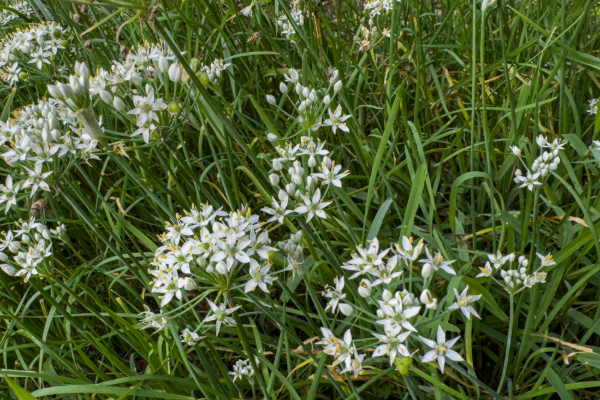
8. Garlic Chives
Garlic chives are widely used as a filling in pastries and provide a mild garlic flavour. They are easy to grow and can thrive in both containers and garden beds.
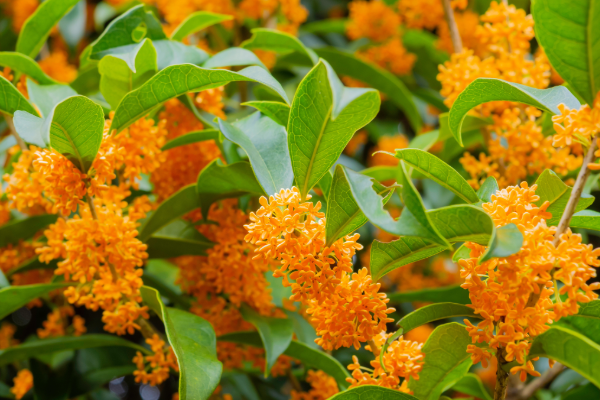
9. Osmanthus Fragrance
Osmanthus flowers are known for their sweet fragrance, often used in desserts and teas. They can be cultivated for both their aromatic blossoms and ornamental appeal.

10. Horseradish
Horseradish is a spicy root commonly used in sauces and as a condiment. It’s simple to grow and can provide a sharp, peppery kick to a variety of dishes.
Tips for growing Southeast Asian herbs and edible shrubs in Melbourne
1. Choose the Right Location
- Sunlight: Most Southeast Asian herbs and edible shrubs thrive in partial shade. If you are harvesting leaves, many can yield well with just 2-3 hours of direct sunlight. However, for fruit and flowers, at least 4 hours of sunlight is necessary for optimal growth. It’s also best to avoid harsh afternoon sunlight whenever possible.
- Protection from Wind: Keep the soil consistently moist, but avoid waterlogging. Most Southeast Asian herbs, such as lemongrass and coriander, thrive with regular watering. Apply mulch to help retain moisture and reduce evaporation. However, make sure the soil drains well to prevent root rot.
2. Soil Preparation
- Well-Draining Soil: Southeast Asian herbs prefer soil that drains well, so mix in organic matter such as compost to improve soil structure. Avoid heavy clay soils that can retain too much water.
- pH Level: Aim for slightly acidic to neutral soil (pH 6-7), which is suitable for most of these herbs.
3. Watering
- Consistent Moisture: Keep the soil consistently moist but not waterlogged. Most Southeast Asian herbs, like lemongrass and coriander, prefer regular watering. However, ensure good drainage to prevent root rot.
- Watering Time: Watering at different times of day can have different effects on your plants. It’s best to water early in the morning, as this is when plants can absorb water most efficiently. During midday, if you notice signs of wilting, watering can help reduce surface temperatures. While the roots may not absorb water as effectively as in the morning, increasing moisture around the leaves can help plants cope with the heat. Watering in the late afternoon or evening can also be beneficial, but focus on watering the roots rather than the leaves. In Melbourne’s cooler evenings, moisture on the leaf surfaces may not evaporate, which can encourage pest and disease issues like aphids and powdery mildew.
4. Container Growing
- Select Suitable Containers: A key benefit of growing these herbs is their ability to flourish in small spaces, like balconies or window sills. It’s ideal to grow herbs such as Vietnamese Mint in containers to prevent them from overgrowing in your garden. When selecting containers, ensure they have proper drainage holes. Choose larger containers that provide enough space for roots to develop and spread freely.
- Use Quality Potting Mix: A well-draining potting mix, mixed with compost, is ideal for growing Southeast Asian herbs in containers. Avoid using garden soil, as it may compact and hinder drainage.
5. Pruning and Harvesting
- Regular Pruning: Regular trimming encourages bushier growth for plants like lemongrass and Vietnamese mint.
- Harvesting Leaves: For herbs like coriander, fennel, and garlic chives, pick leaves regularly for cooking, but avoid cutting back too much at once. This will help keep plants healthy and productive.
Growing your own Southeast Asian herbs and edible shrubs is a practical and enjoyable way to bring fresh, authentic flavours to your kitchen. With the right care, these plants can thrive in Melbourne’s climate, whether you are working with a garden bed or containers. By choosing suitable locations, preparing the soil and maintaining consistent watering, you can ensure a healthy, productive herb garden. Start small, experiment with your favourites, and enjoy the satisfaction of growing fresh ingredients for your meals.



